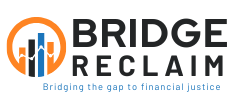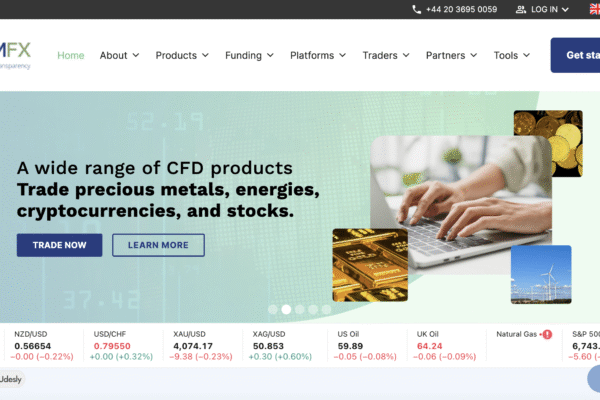Coingcheckvip.com Review : Exposing the Truth Behind
In today’s rapidly expanding digital economy, the rise of cryptocurrency has been both revolutionary and riddled with risk. While millions have benefited from blockchain technologies, a darker side has emerged in the form of cleverly disguised scams. Two names currently raising alarm are coingcheckvip.com and coingvipcheck.com — online platforms that mimic reputable crypto exchanges to defraud unsuspecting investors.
These websites appear professional and trustworthy on the surface, but dig a little deeper and a disturbing pattern emerges. This blog post investigates how these platforms operate, exposes the techniques they use to trap victims, and provides actionable advice for identifying, avoiding, and recovering from such scams.
1. The Illusion of Legitimacy
Both coingcheckvip.com and coingvipcheck.com cleverly exploit the branding of a well-known, legitimate crypto exchange — “Coincheck”. By modifying the domain name slightly (e.g., adding “g”, “vip”, or switching word order), the scammers rely on what’s called “typosquatting”. This form of deception banks on the likelihood that users will misspell or misremember a domain, leading them straight into the hands of fraudsters.
From their visual interface to the language used on the sites, everything is designed to replicate legitimacy. These sites are adorned with sleek dashboards, fake trading data, customer support options, and seemingly professional design—all to mislead victims into thinking they’re dealing with a licensed exchange.
2. The Deceptive Playbook: How These Scams Operate
Behind these clone sites is a manipulative strategy often executed in phases. Here’s how the typical trap unfolds:
Phase 1: Initial Contact
The scam often starts via dating apps, social media platforms, or messaging apps. A scammer builds a relationship, usually romantic or friendly in nature, with the target. Trust is nurtured over time through daily conversations and emotional bonding.
Phase 2: Investment “Advice”
Once trust is established, the scammer introduces the victim to a “great investment opportunity” on what appears to be a legitimate cryptocurrency exchange—usually one of the fake sites, like coingcheckvip.com or coingvipcheck.com. Victims are shown fake dashboards and profit graphs to build credibility.
Phase 3: Small Wins
To strengthen confidence, the scammer will initially guide the victim to deposit a small amount of money and even allow a minor withdrawal. This win convinces the victim that the platform is trustworthy and profitable.
Phase 4: The Trap Closes
After the victim has invested a significant sum, the scammer (or the fake platform) begins blocking withdrawals. Excuses vary — “unverified KYC documents”, “additional tax fees”, or “account upgrade requirements”. Victims are told they must deposit more money before being allowed to withdraw.
Phase 5: Ghosting
Once the scammer believes the victim is financially exhausted, communication ceases. The fake website may go offline temporarily or permanently, and the victim is left with no funds, no access, and no recourse.
3. Red Flags and Technical Indicators
These platforms might look sophisticated, but several signs reveal their fraudulent nature:
-
Recent domain registration: The websites are newly registered — a common tactic for scammers who cycle through domains quickly.
-
Hidden WHOIS information: The registrants of the domains use privacy protection services to hide their identity.
-
No regulatory licenses: They are not registered or authorized by any known financial authority.
-
Low trust scores: Cybersecurity and web reputation tools consistently rank these domains as dangerous or untrustworthy.
-
Impersonation of a real brand: The names closely mimic Coincheck, a genuine Japanese crypto exchange.
4. Regulatory Warnings and Listings
The platforms have drawn the attention of multiple financial watchdogs. One Canadian securities commission has warned that the name “CoinCheck” (in these contexts) is being misused by unauthorized actors not registered to offer financial services. These alerts typically state that investors should avoid engaging with any unregistered firms.
Such regulatory attention validates the risk posed by these platforms and underscores the need for public vigilance.
5. Stories from Real Victims
Unfortunately, countless individuals have fallen for scams involving coingcheckvip.com and coingvipcheck.com. Their stories share striking similarities:
-
A man describes being approached via a dating app. The relationship became intimate, and he was later led to the fake site. He made some money and even withdrew a small amount. But when he tried to withdraw his actual profits, the platform froze his account, demanding a hefty “tax fee.”
-
Another victim, lured by a seemingly wealthy online friend, invested thousands into the platform. The fake dashboard showed his balance doubling in days. However, once he attempted to withdraw, he was asked to pay a $5,000 “unlock fee.” When he hesitated, the “support team” became aggressive and eventually cut off communication.
These cases are not isolated. Dozens of similar stories appear on forums, scam reporting sites, and discussion boards.
6. The Emotional and Financial Toll
Being scammed goes beyond monetary loss. Victims often experience:
-
Shame and embarrassment: Many feel guilty for falling for the scam, which leads to silence rather than reporting.
-
Emotional manipulation: The use of romantic relationships makes the betrayal far more personal.
-
Privacy invasion: Victims often share personal documents, selfies, and IDs during the KYC (Know Your Customer) phase — which scammers later use for other fraud.
7. How to Spot and Avoid Platforms Like These
Recognizing a scam early is key. Here are specific signs to watch for:
| Red Flag | What It Means |
|---|---|
| Slightly altered domain names | Typosquatting to confuse users |
| No verifiable company registration | No legal accountability |
| Fake customer reviews and testimonials | Planted by scammers to create false trust |
| Unusual withdrawal procedures | Deliberately constructed to extort more money |
| Claims of “unlock fees,” “taxes,” or “clearance payments” | Classic traits of advance-fee scams |
| No presence on legitimate crypto monitoring services | True platforms are usually well-documented |
8. What to Do If You’ve Been Scammed
If you’ve fallen victim to a scam on platforms like coingcheckvip.com or coingvipcheck.com, don’t despair. There are concrete steps to take:
-
Cut off communication: Cease all interaction with the scammer or platform.
-
Collect evidence: Save screenshots, emails, wallet addresses, and transaction IDs.
-
-
Report coingcheckvip.com and coingvipcheck.com and coingvipcheck.com and Recover Your Funds
If you have lost money to coingcheckvip.com and coingvipcheck.com, it’s important to take action immediately.Report the scam to BRIDGERECLAIM.COM , a trusted platform that assists victims in recovering their stolen funds. The sooner you act, the better your chances of reclaiming your money and holding these fraudsters accountable.
Scam brokers like coingcheckvip.com and coingvipcheck.com continue to target unsuspecting investors. Stay informed, avoid unregulated platforms, and report scams to protect yourself and others from financial fraud.
-





